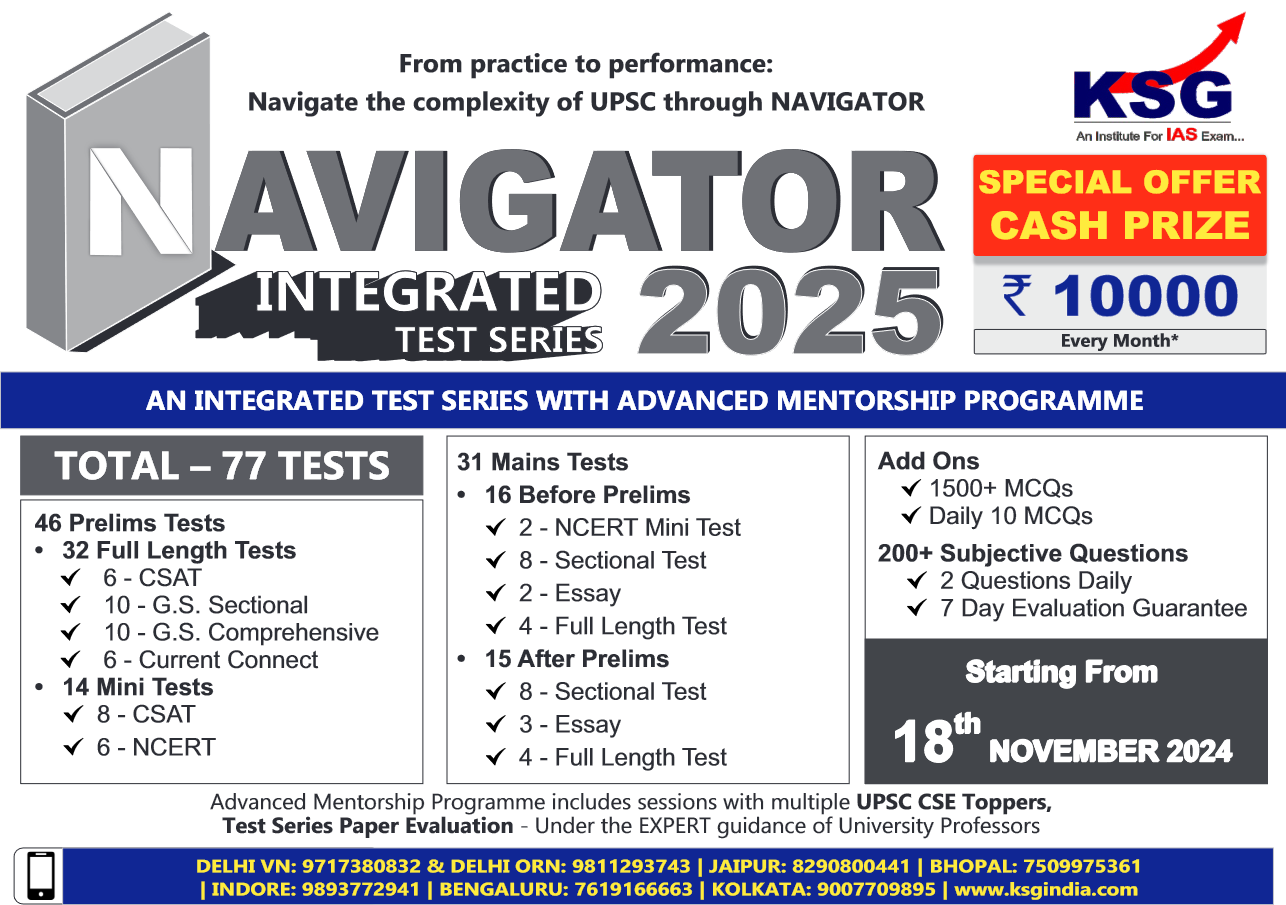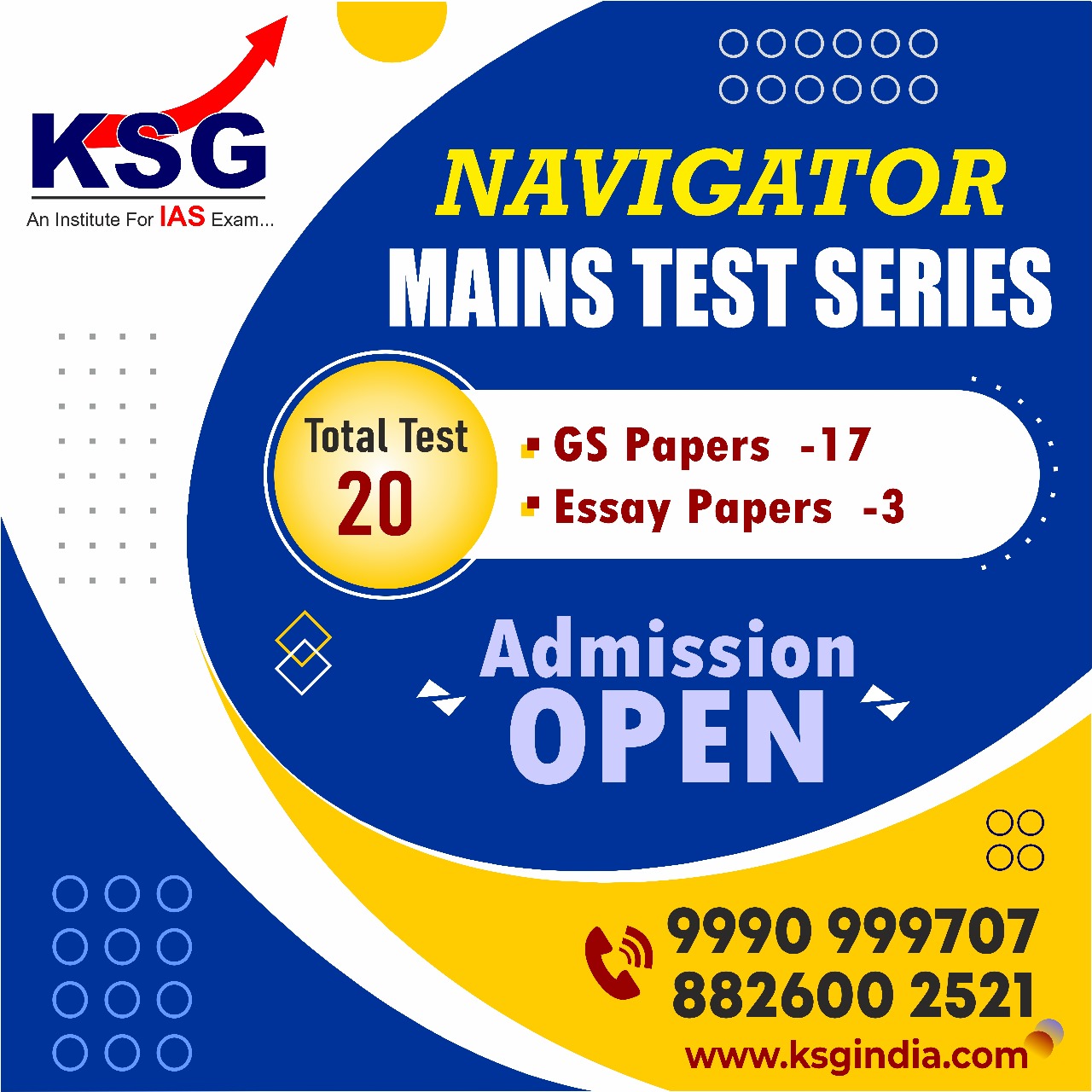ISRO’s workhorse rocket ‘write poems in orbit’
Source: By The Indian Express
ISRO’s Polar Satellite Launch Vehicle (PSLV) on 22 April 2023 successfully placed two Singapore satellites into their intended orbits.
The satellites are part of the order secured by NewSpace India Ltd, the commercial arm of ISRO. At the end of a 22.5-hour countdown, the 44.4-metre-tall rocket lifted off from the Satish Dhawan Space Centre in Sriharikota.
The PSLV in its 57th mission has once again demonstrated its high reliability and its suitability for commercial missions of such class, ISRO Chief S Somanath said from the Mission Control Center.
The PSLV is one of ISRO’s most reliable vehicles, having launched hundreds of satellites with only three failures or partial failures since 1993. Over the years, various improvements have been made to it, making it a stand-out satellite carrier.
Launch vehicles are meant only to deposit satellites into space, after which they become useless. They either burn up in space or add to the ever-increasing concern of space debris. The PSLV, however, is now technologically advanced enough to have one component that can stay on in space to carry out research after it has delivered its satellite. The current mission includes this component, POEM-2, which stands for PSLV Orbital Experimental Module.
What was PSLV’s most recent mission?
The rocket launched on 22 April 2023 carried TeLEOS-2 as primary satellite and Lumelite-4 as a co-passenger satellite, ISRO said in a statement. While TeLEOS-2 will “be used to support the satellite imagery requirements of various agencies within the Government of Singapore”, Lumelite-4 “aims to augment Singapore’s e-navigation maritime safety and benefit the global shipping community”, the space agency said.
POEM-2, meanwhile, will “be utilised as an orbital platform to carry out scientific experiments through non-separating payloads. The payloads belong to ISRO/Department of Space, Bellatrix, Dhruva Space, and Indian Institute of Astrophysics,” ISRO said.
First, why do satellites need launch vehicles?
The launch vehicle rockets have powerful propulsion systems that generate the huge amount of energy required to lift heavy objects like satellites into space, overcoming the gravitational pull of the earth. Satellites, or payloads as they are often called, sit inside the rocket, and are ejected once they reach near their intended orbit in space. Most satellites have small propulsion systems and carry small amounts of fuel, because they encounter very little drag, or force, in outer space. What they do carry are the instruments needed for the scientific work for which they are being sent into space.
What is PSLV?
PSLV is the most reliable rocket used by ISRO till date. Its first launch was in 1994, and it has been ISRO’s main rocket ever since.
Apart from Indian satellites, it also carries satellites from other nations into space, like in the current mission, where it carried payloads from Singapore. The reason for this is that apart from being reliable, the PSLV is also more affordable than the launch vehicles of many other countries.
According to ISRO’s website, “After its first successful launch in October 1994, PSLV emerged as a reliable and versatile workhorse launch vehicle of India. The vehicle has launched numerous Indian and foreign customer satellites. Besides, the vehicle successfully launched two spacecraft, Chandrayaan-1 in 2008 and Mars Orbiter Spacecraft in 2013, that later travelled to Moon and Mars respectively. Chandrayaan-1 and MOM were feathers in the hat of PSLV. PSLV earned its title ‘the workhorse of ISRO’ through consistently delivering various satellites into low earth orbits.”
The various components of PSLV
Rockets have several detachable energy-providing parts. They burn different kinds of fuels to power the rocket. Once their fuel is exhausted, they detach from the rocket and fall off, often burning off in the atmosphere due to air-friction, and getting destroyed. Only a small part of the original rocket goes till the intended destination of the satellite. Once the satellite is finally ejected, this last part of the rocket either becomes part of space debris, or once again burns off after falling into the atmosphere.
PSLV has four parts — PS1, a solid rocket motor augmented by 6 solid strap-on boosters; PS2, a storable liquid rocket engine, known as the Vikas engine; PS3, a solid rocket motor that provides the upper stages high thrust after the atmospheric phase of the launch; and PS4, the uppermost stage consisting of two Earth storable liquid engines.
As technology evolves, the effort is to make the various parts of a rocket reusable. PSLV’s PS4 has been able to achieve this.
Enter POEM
As part of POEM, PS4, instead of being discarded, is now utilised as a “stabilised platform” to perform experiments.
POEM has a dedicated Navigation Guidance and Control (NGC) system for attitude stabilisation, which stands for controlling the orientation of any aerospace vehicle within permitted limits. The NGC acts as the platform’s brain to stabilise it with specified accuracy. It derives its power from solar panels mounted around the PS4 tank, and a Li-Ion battery.
Last year, when the PS4 orbited the earth as a stabilised platform for the first time, ISRO chairman Somnath had said the PS4 would “write some poems in orbit”. This time, ISRO tweeted images of the successful launch with the caption, “While the POEM is being written, here are initial images…”


